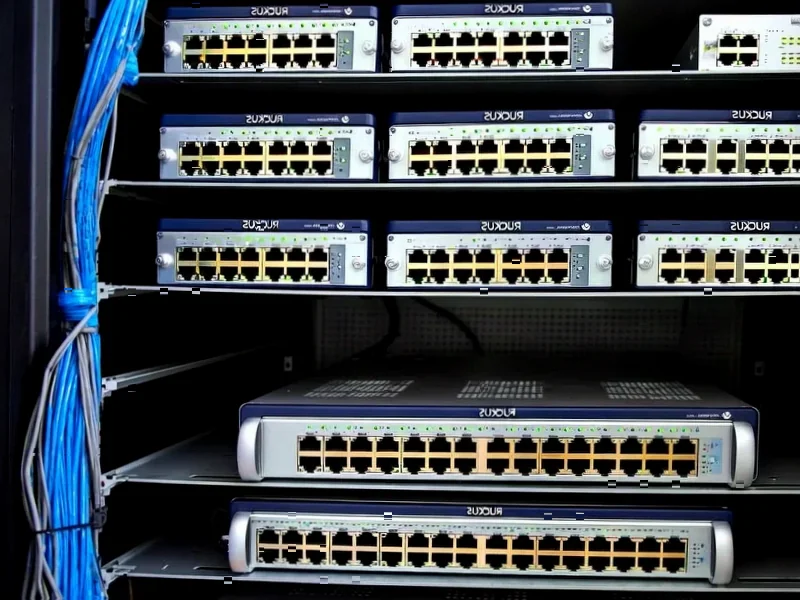According to Business Insider, Indeed has laid off a “very small number” of employees this week, just four months after cutting 1,300 positions in July. The latest cuts are part of a reorganization to “better align our team structure with business priorities.” Back in July, parent company Recruit Holdings and Indeed CEO Hisayuki “Deko” Idekoba explicitly tied the massive layoffs to AI transformation, stating “AI is changing the world” in an internal email. The summer cuts primarily affected US-based roles in research, people operations, and sustainability. This marks the third round of significant layoffs at Indeed in recent years, following 1,000 job cuts in May 2024 that represented about 8% of its workforce at that time.
The AI Restructuring Pattern
Here’s the thing: when a CEO says “AI is changing the world” while announcing layoffs, it’s rarely just about replacing individual tasks. It’s about fundamentally restructuring how the entire company operates. Indeed’s leadership is basically admitting that their old business model—the one that required those 1,300 positions they eliminated—is becoming obsolete. And they’re not alone in this thinking.
But what’s particularly interesting is the timing. Four months between major cuts and these “very small” additional layoffs suggests this isn’t a one-time adjustment. It feels more like they’re continuously optimizing as they figure out what their AI-powered future actually looks like. The company is trying to move faster and experiment more, which often means cutting traditional roles while (presumably) building new AI-focused teams.
The Broader Tech Trend
Look, we’ve seen this movie before across the tech industry. Companies use technological shifts as opportunities to streamline operations and cut costs. The AI revolution is just the latest excuse—or legitimate reason, depending on your perspective—to reshape workforces. Indeed’s pattern of layoffs in 2024, 2024, and now suggests they’re still figuring out the right size and structure for whatever comes next.
And honestly, who isn’t? The rapid advancement of AI capabilities means companies are making staffing decisions based on educated guesses about what skills they’ll need in two years. It’s messy, and employees are caught in the middle. When even job platforms themselves—the companies that literally help people find work—can’t stabilize their own workforce, what does that say about the current employment landscape?
What Comes Next?
So where does Indeed go from here? They’ve cut thousands of positions over the past year while talking about moving faster and fixing what’s broken. But at some point, you have to wonder: when does the cutting stop and the building begin? The company clearly believes AI will transform how people find jobs and how employers find talent.
The real question is whether these layoffs represent strategic foresight or reactive panic. Are they thoughtfully preparing for an AI-driven future, or just following the herd while using technology as justification for cost-cutting? Only time will tell, but the pattern of repeated cuts suggests they’re still searching for the right formula. And in the meantime, more people are looking for work on a platform that’s simultaneously laying off its own staff.




